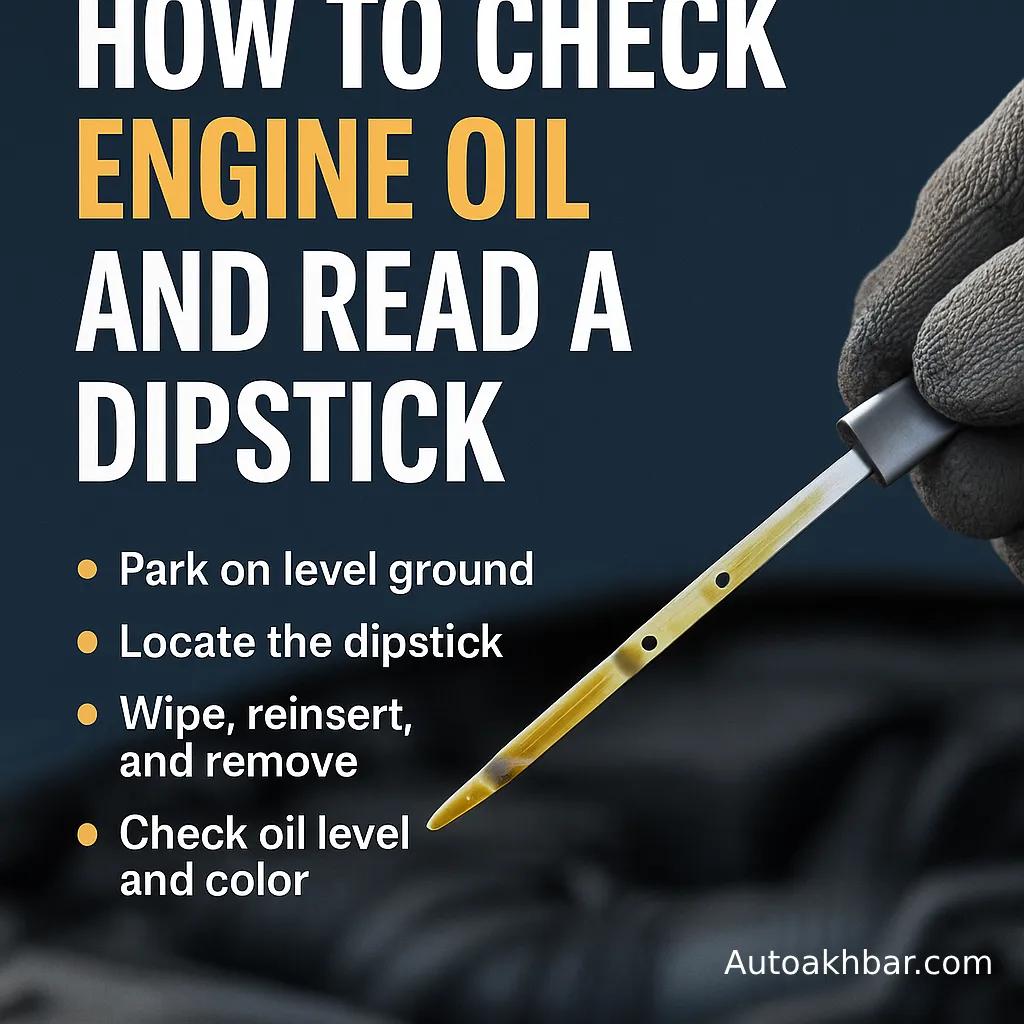When your car refuses to start because of a dead battery, it’s frustrating — but don’t worry! Jump-starting a car is safe and simple if done correctly. In this practical guide, we’ll explain how to jump start a car safely, what tools you need, and common mistakes to avoid. Follow these steps, and you’ll be back on the road in no time.
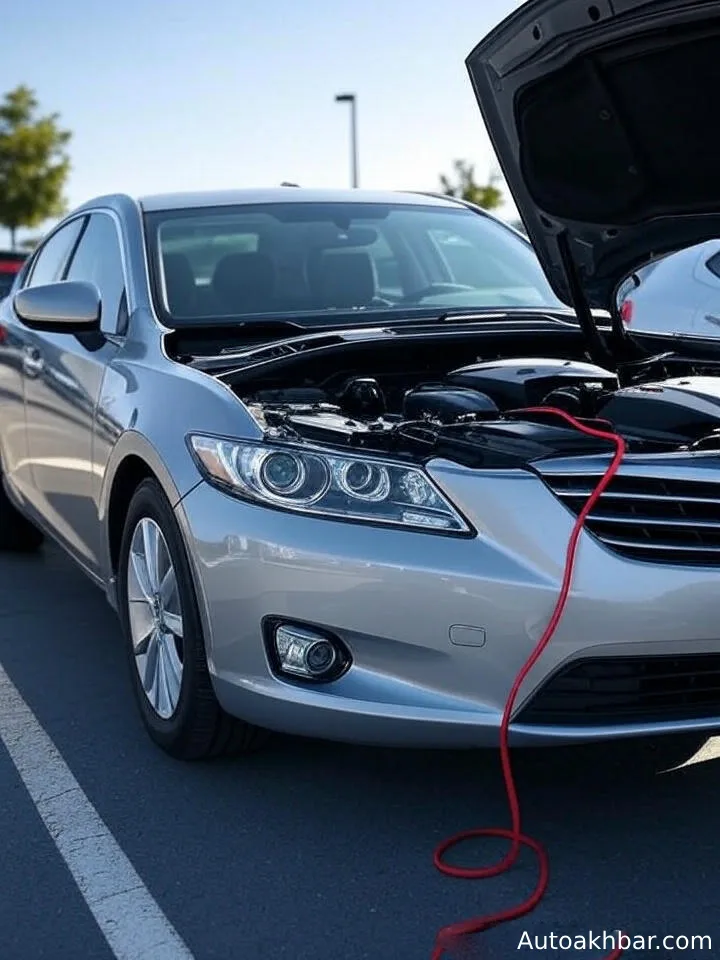
Table of Contents
Why Do Car Batteries Die?
Car batteries can fail for many reasons: leaving the lights on overnight, extremely cold weather, or simply an old battery. According to NAPA Auto Parts, most batteries last 3–5 years.
Essential Tools You’ll Need
✅ Good quality jumper cables (thick gauge)
✅ Another vehicle with a working battery
✅ Protective gloves (optional but recommended)
👉 Tip: Always keep a portable jump starter in your emergency kit for situations when there’s no second car available.
Step 1: Inspect Battery Connections
Before connecting anything, open the hood and check the battery terminals. Remove any visible corrosion using a battery cleaning brush or a cloth. If connections are loose, tighten them carefully.
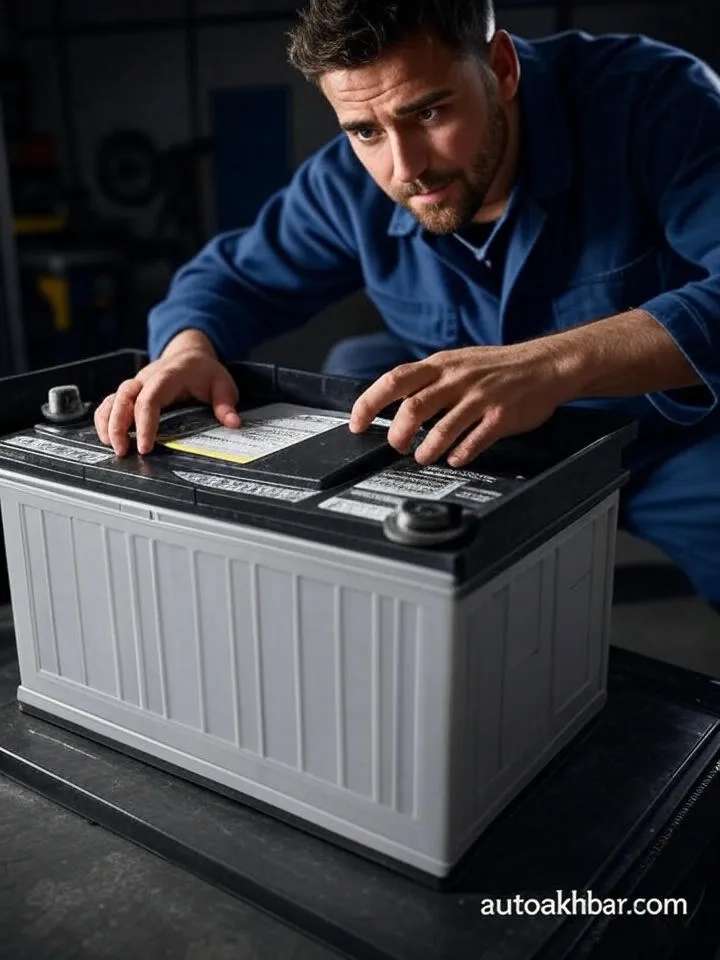
Step 2: Connect the Jumper Cables Properly
Follow this sequence to avoid sparks and damage:
1️⃣ Connect one red clamp to the dead battery’s positive (+) terminal.
2️⃣ Connect the other red clamp to the good battery’s positive (+) terminal.
3️⃣ Connect one black clamp to the good battery’s negative (-) terminal.
4️⃣ Connect the final black clamp to an unpainted metal surface on the dead car (such as a clean bolt on the engine block). Do not attach it directly to the dead battery’s negative terminal — this prevents sparks near the battery.
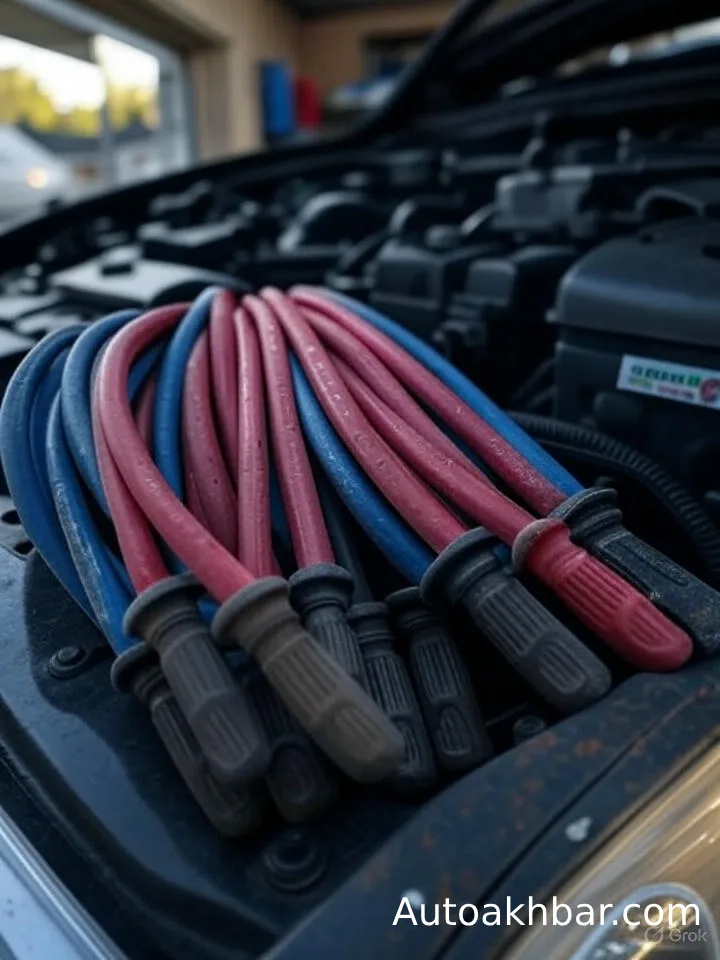
Step 3: Start the Working Vehicle
Start the engine of the car with the good battery. Let it run for 2–5 minutes to allow current to flow into the dead battery.
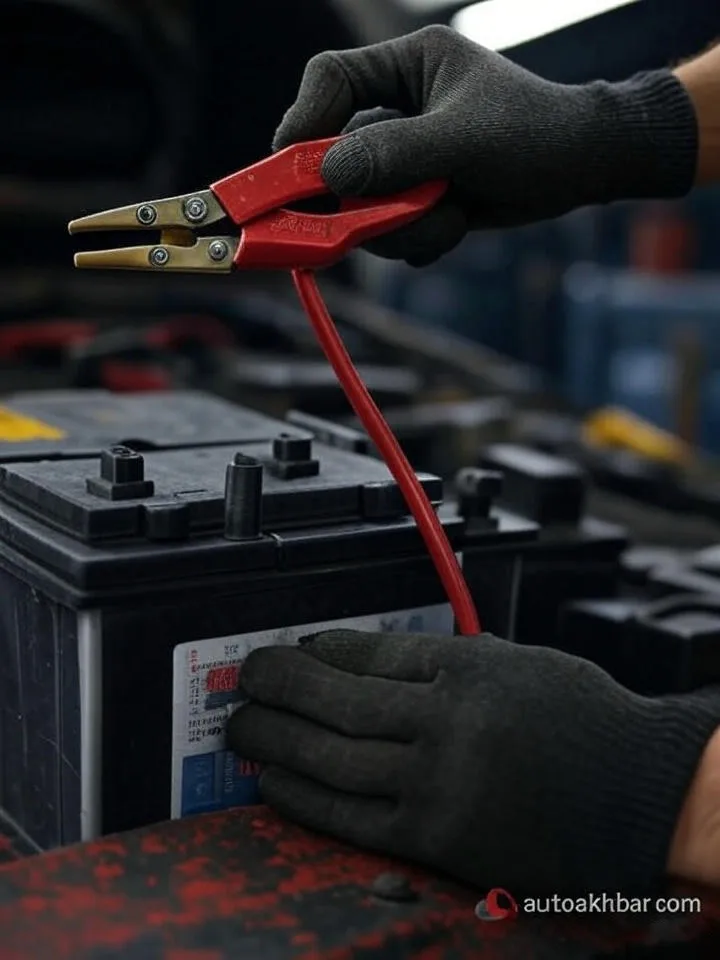
Step 4: Start the Dead Vehicle
Try starting the car with the dead battery. If it doesn’t start immediately, wait a few more minutes and try again. Once it starts, let both cars run for a few minutes.
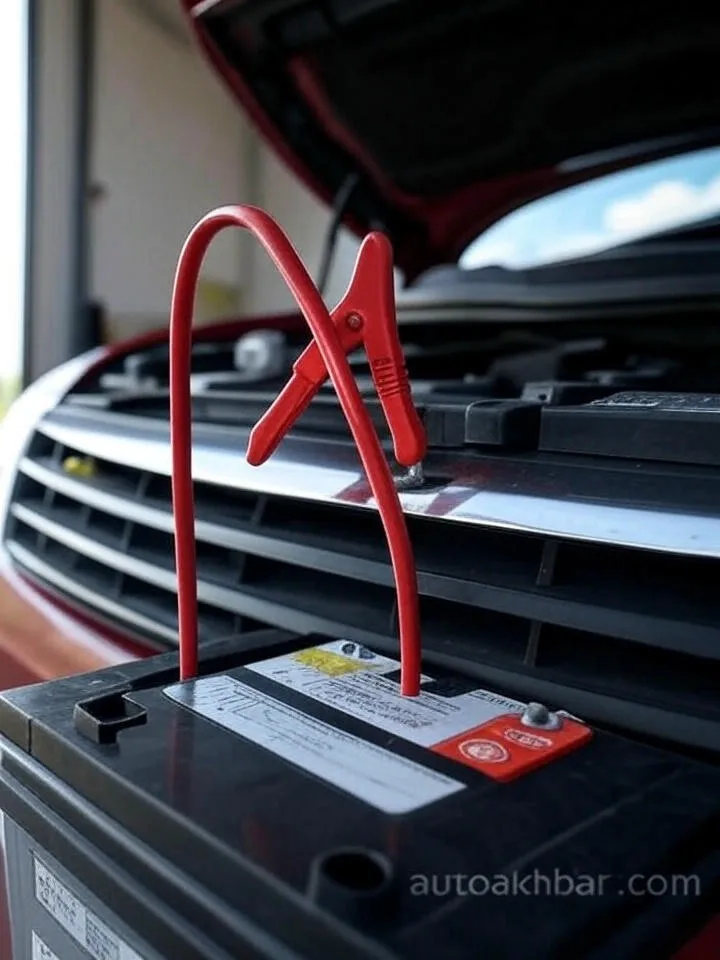
Step 5: Disconnect the Cables in Reverse Order
When the dead car is running smoothly:
- Remove the black clamp from the grounded metal on the dead car.
- Remove the black clamp from the good car’s negative terminal.
- Remove the red clamp from the good car’s positive terminal.
- Finally, remove the red clamp from the dead car’s positive terminal.
👉 Pro Tip: Drive the revived car for at least 15–20 minutes to recharge the battery.
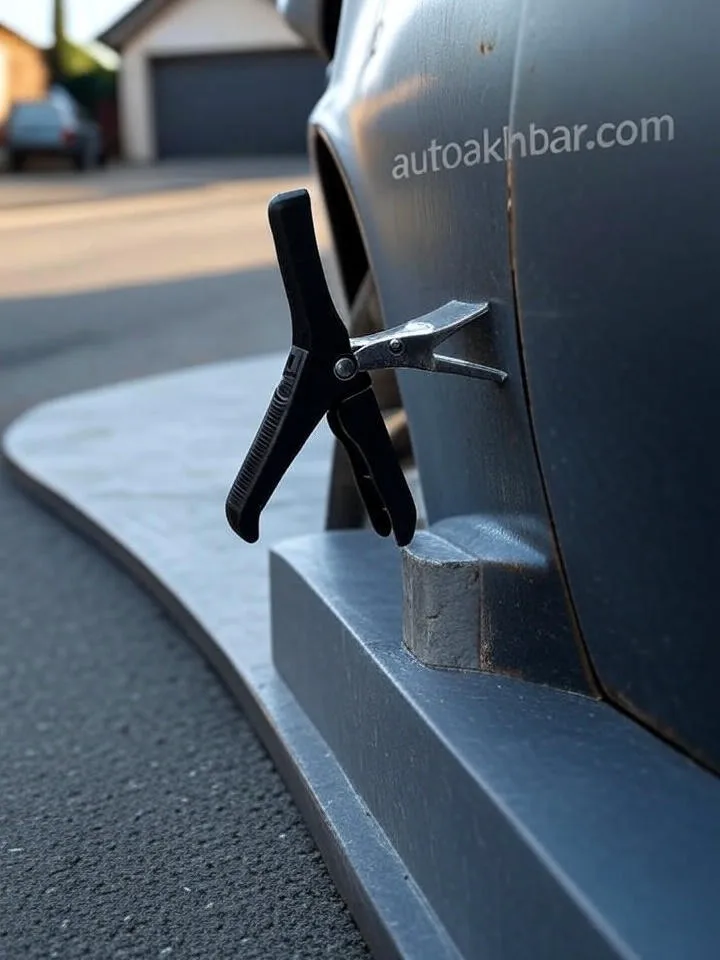
Important Safety Tips For Jump Start
✅ Never touch the metal parts of the clamps together.
✅ Double-check clamp connections before starting.
✅ Avoid jump-starting a frozen battery — it can explode.
For more car care tips, check out our guide on How to Make Car AC Colder.
FAQs
✅ How long should I let my car run after jump-starting?
At least 15–20 minutes to allow the alternator to charge the battery sufficiently.
✅ Can I jump-start a car in the rain?
Yes, it’s safe if you follow the correct procedure and avoid standing water.
✅ When should I replace my car battery?
Most batteries last 3–5 years. If your car frequently needs a jump start, it’s time for a new battery.
Conclusion
Jump-starting your car is simple when you know the safe method. Always carry good jumper cables and check your battery’s health regularly to avoid getting stranded. Stay safe, follow these steps carefully, and share this guide with friends who might need it!


